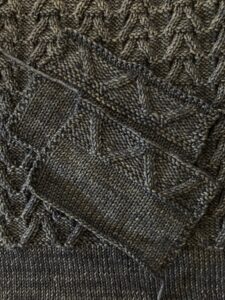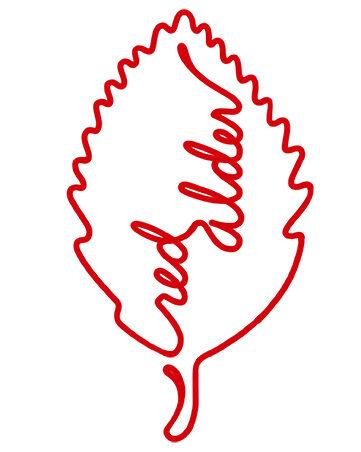Sivia Harding
Friday PM
Sweaters are the magnum opus of the knitting world, and yet something that many knitters are intimidated by. A sweater, more than a shawl that does not need to fit a particular size, can be quite a daunting proposition. It’s a lot of knitting, a sizable investment, and how can you be sure it will fit? After all, swatching is a pain, and swatches lie anyway, don’t they? When pondering such a large scale project that needs to fit, a host of questions and doubts can arrive.
The key to knitting a great sweater is simple, yet often overlooked. Yes, one must have the requisite knitting skills, but more important than that is understanding how to create a good sweater fabric in the yarn you plan to use (regardless of the needle size and gauge stated in the pattern), and then adjusting the pattern to suit your own fabric and gauge.
We look at common sweater structures and examine how, when, and where these adjustments to gauge can be safely made in a pattern, once you have found your ideal fabric. We also thoroughly discuss swatching as a means to an end, a necessary evil, if you will. Come with an open mind, prepared to learn tools to liberate yourself from the need to blindly follow a sweater pattern, hoping for the best.
Skill Level: Knit, purl, work simple decreases and increases, cast on, bind off. Student needs to have some knitting experience, be able to achieve a consistent gauge throughout a project, and to have successfully completed a few projects (not necessarily sweaters).
Material Fee: $5 for full color handout

Student Supplies: Bring one or more yarns that you are considering using for your sweater, along with the pattern you want to use. If you have preliminary swatches made, bring them too.
Bring various needle sizes, not just the one specified in the pattern.
Have the usual kit of supplies on hand (scissors, tapestry needle, stitch markers, etc.)
Homework: Choose a pattern and yarn to make a sweater. We will discuss options during the class, and it will help to have a project in mind. When you have chosen a sweater pattern, work a stockinette stitch swatch that is at least 5” wide and 4” long. Measure the stitches and rows over 4” before and after blocking. Make a note of the gauge stated in the pattern and see whether your blocked swatch agrees with the stated gauge. Ask yourself if you like the drape and other qualities of the fabric you are getting. If not, you may want to try a swatch with another needle size. The goal is to get a fabric you think will be nice for your sweater.
